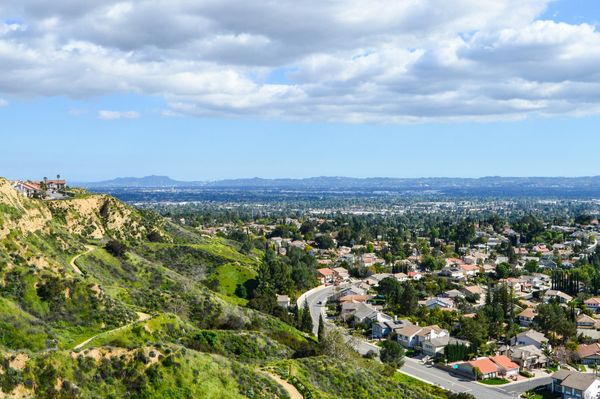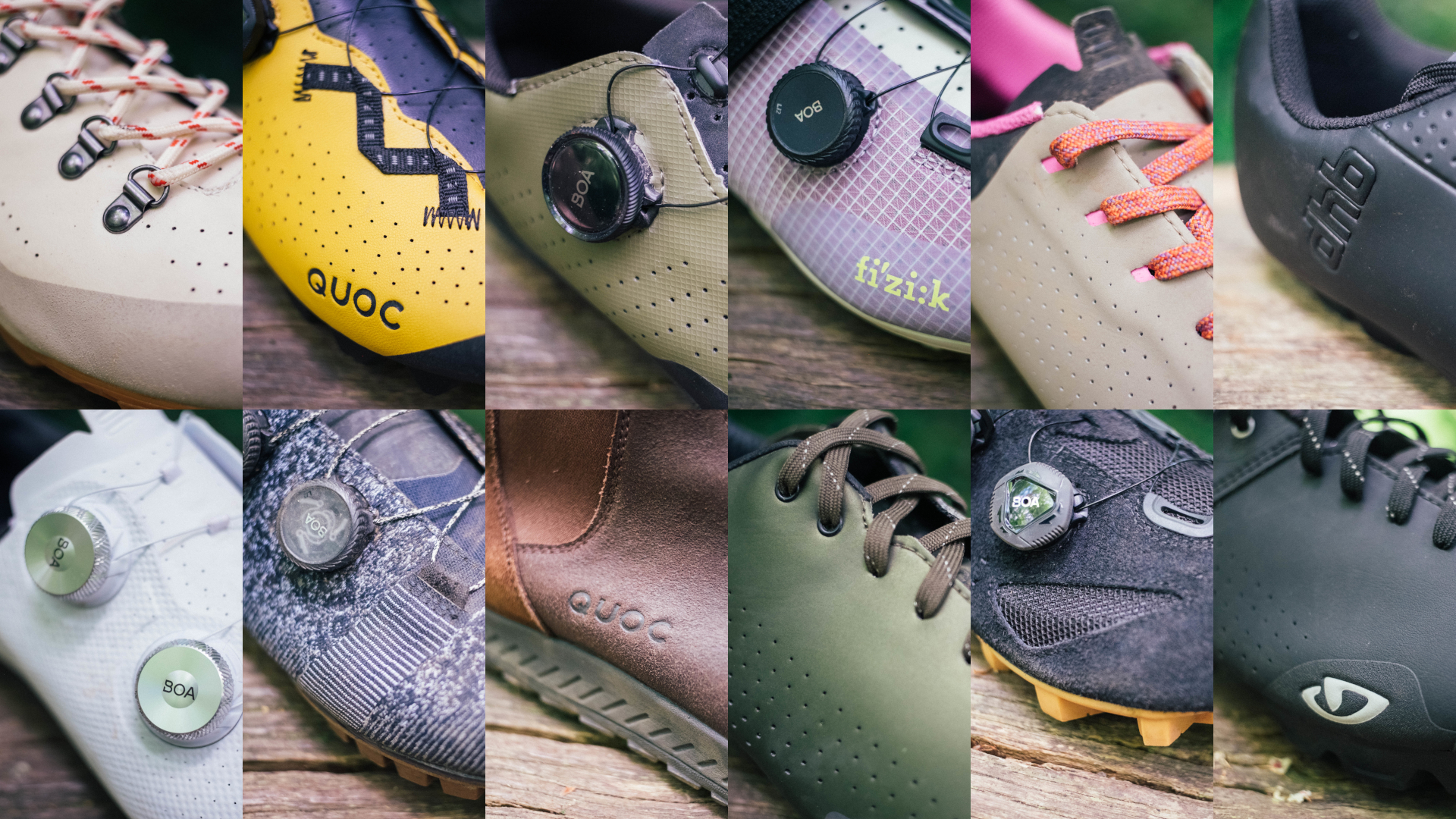
Having spent the last few months testing the best gravel shoes, and whittling down the best options on the market into a useful guide, I also learned a thing or two, so it seems prudent to share the knowledge so you can get the most bang for your buck and not end up disappointed, or worse, uncomfortable.
Since it’s been warm enough to ditch the best winter cycling shoes in favour of more svelte options, I’ve been riding off-road in numerous pairs of gravel shoes, sometimes taking multiple options on the same ride for a mid-ride switch out. I’ve been using options designed for the highest level of gravel racing, through bikepacking focussed models designed to help you when it comes to protracted hike-a-bike, and budget options too, hoping to be all things to those who are just starting out or who can’t afford more premium options.
Without further ado, then, here are my six key takeaways after swapping shoes nearly every ride for a few months.
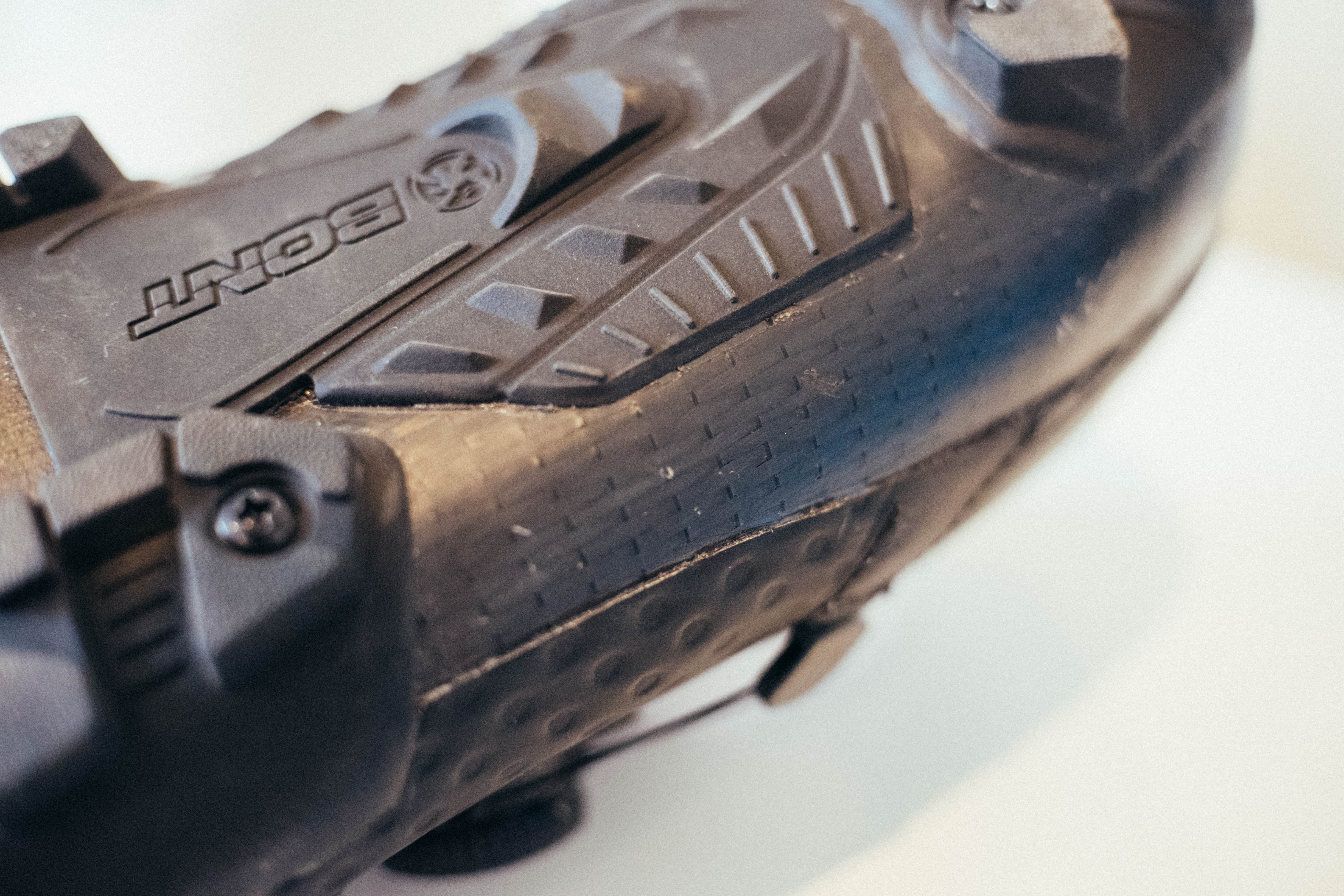
1. Sole stiffness doesn’t matter as much as you think
It’s telling that the shoe I’ve awarded Best Overall has a composite sole. While on the road there’s a clear distinction between the carbon soles, stiff, race-oriented shoes and the more entry-level offerings lower down the category sporting a more flexible nylon sole, It’s different when you head off-road.
Having a super stiff sole may make sense for you when you’re racing, but for gravel riding it does very often result in a less comfortable ride. The Bont Vaypor G, for example, is at the very extreme end and is also the harshest shoe on test. The Empire VR90 is carbon-soled, but more comfortable thanks mostly to a more generously padded heel and interior.
On the flip side, the cheaper end of the spectrum often offered greater comfort. The Privateers were a delight on rocky ground, and the Quoc Escapes (if you ignore the ankle rub) were certainly more forgiving too. If you regularly spend time walking this distinction becomes even more stark, and if I’m on an exploratory ride I’d suggest a nylon sole is preferable, with the possible exception of the Rapha Explore Powerweave, which gets around the issue of having an inflexible sole with a fuller outsole.
My other slight bone of contention is that, while conventional wisdom is that stiffer shoes transfer power better, the matter is far from settled. My friend and professional rival Simon von Bromley from BikeRadar has done some great work to open the debate up, and having ridden nylon soles a lot lately, both on- and off-road, I need further convincing that super stiff shoes offer any wattage gains. Comfort, perhaps, but that’s down to fit more than material choice. In short, I suggest you pick a shoe that fits you well and then worry about the sole, and if you’re prone to carrying your bicycle then go for nylon or pick a shoe with excellent heel retention.
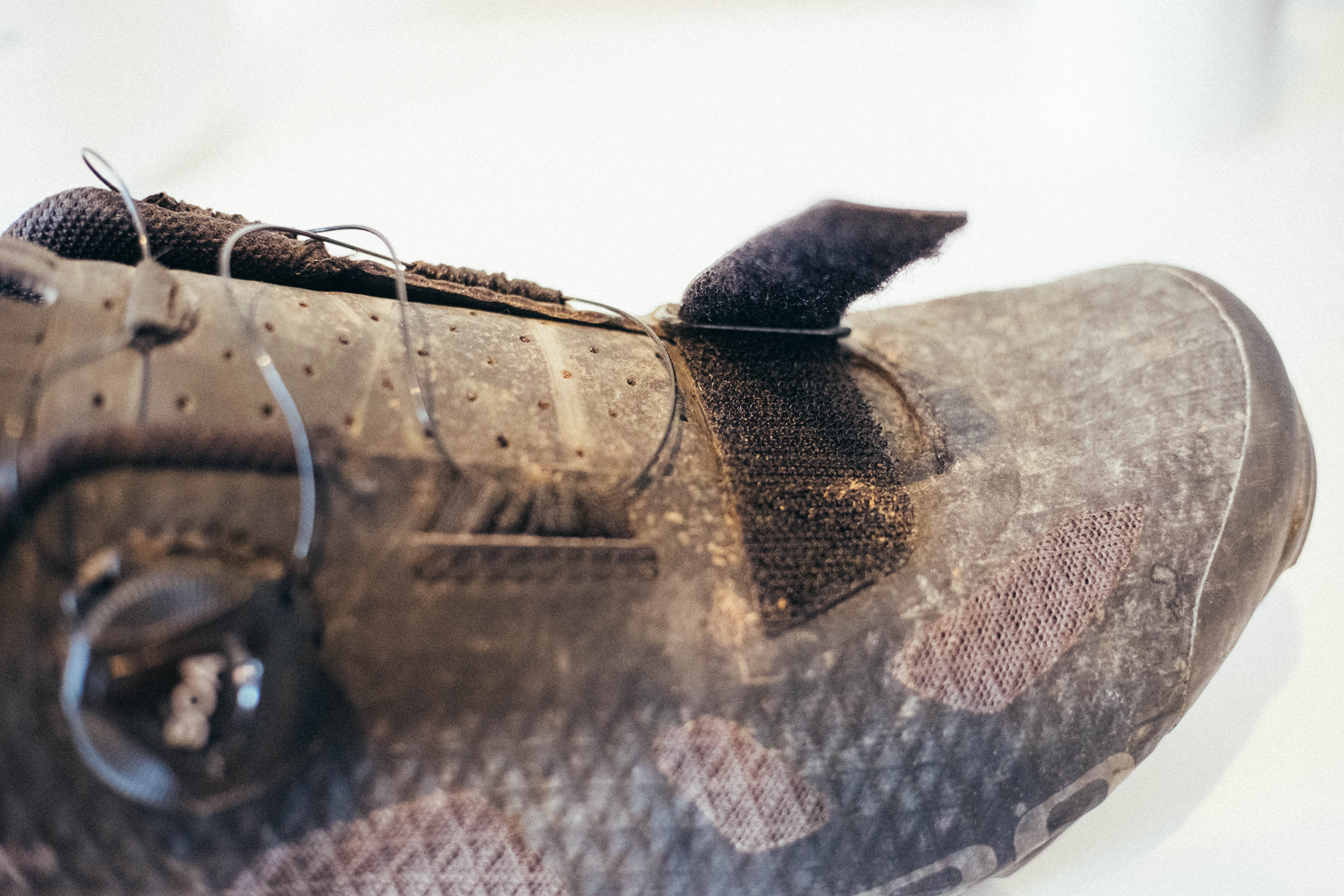
2. Avoid Velcro
In the days before BOA dials and the resurgence of laces, Velcro was seen on high-end road shoes. It still is, thanks primarily to Fizik and its Powerstrap system, but off-road I would suggest you steer clear. I have only included one shoe with any Velcro in my guide for good reason.
Velcro has a finite shelf life in good conditions, and this is reduced when you add in mud and dust. Also, if you try sticking Velcro together that is already dirty you’ll notice it doesn’t really want to stay together. On the road, it has its place, but for gravel shoes go for laces or dials.
Naturally how much this is an issue for you depends on your kind of riding. Dusty Californian fire roads will be less of a problem than muddy British bridleways, so use some common sense, but even in the best conditions laces will outlast any system.
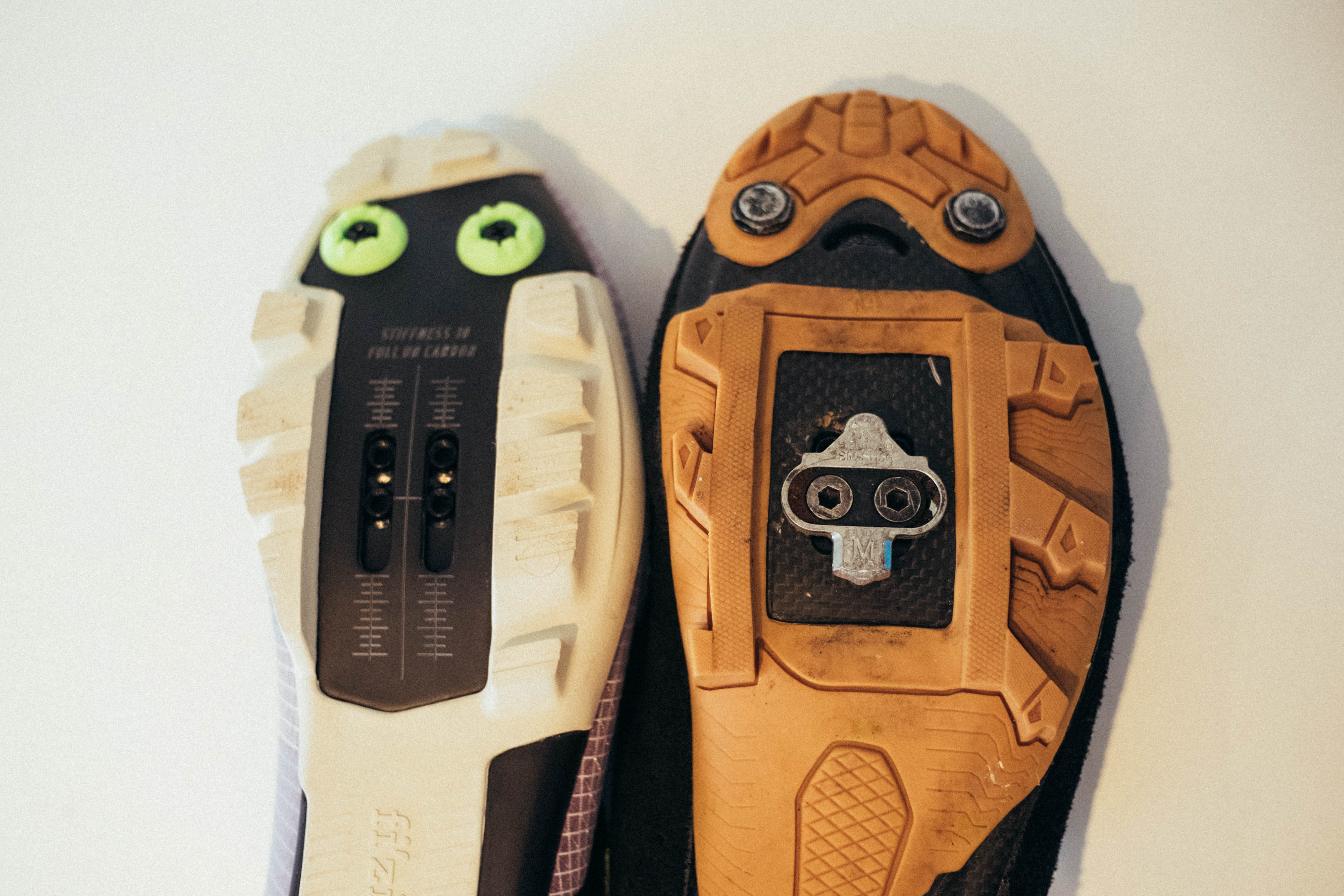
3. Appropriate width is more important than on the road
For years in my early cycling career, I laboured under the misappropriation that cycling was meant to be uncomfortable. I soldiered on with a saddle that left me numb in places and bruised in others, and shoes that bound my feet. On-the-road discomfort is somewhat manageable, in that it is at least relatively constant. When you add in the buzz, chatter, and knocks of riding over gravel then things are exacerbated.
In shoe terms, I found that in shoes of a width I could perhaps have tolerated on the road, I was far from happy to use on the rough stuff. If you bring the edges of your forefoot inwards they’re going to want to spread out jarringly in addition to when the pressure/release cycle of pedalling occurs, resulting in hot spots. In a shoe that’s wide enough, and by that I mean one that’s actually wider than your forefoot, that simply doesn’t happen and the experience is much more pleasant.
Brands are cottoning onto this, notably with the new S-Works Recon being 4mm wider than older high-end shoes from the brand. If you have narrow feet this is less of a concern, as the majority of brands are in reality some sort of narrow, so if that’s you then don’t stress so much, but if you’re like me then just know you don’t have to suffer in narrow shoes; options are available.
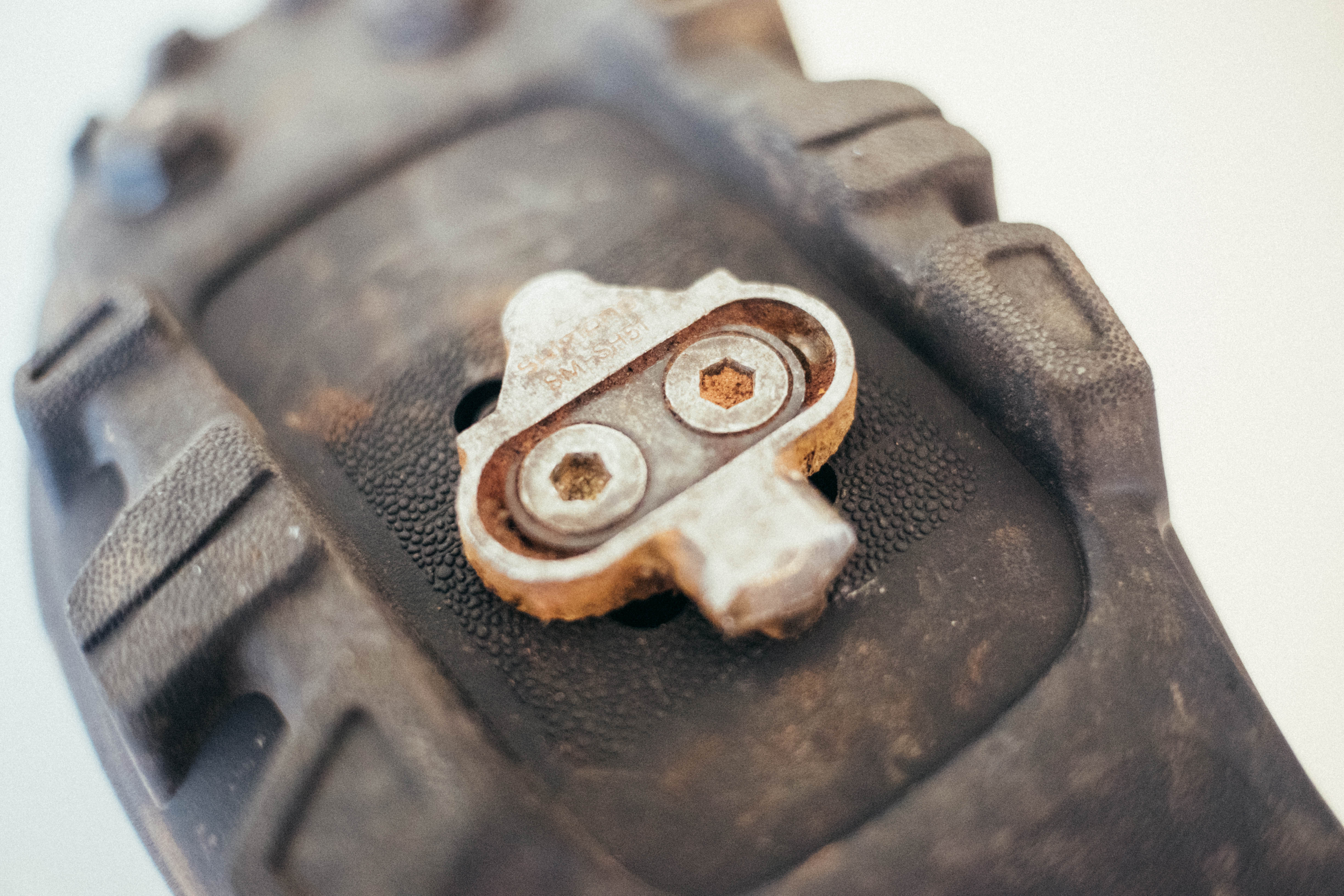
4. Grease your cleats, lube your pedal springs
I cannot stand a noisy bike. I want my gears to be silent, as well as my bottom bracket, headset, brakes, and my pedals too. Creaking happens usually when you have movement on a dry metal-on-metal interface. Mountain bike pedal systems, which 99% of riders will be using for gravel riding, offer a number of potential creak points.
When I’m setting up a fresh pair of shoes, or just replacing my cleats (I use Shimano SPD by preference) I have a number of ways to alleviate noise. I lightly grease the bolt threads, but not the head so it still bites. You could use threadlock, but seized cleats can be a shoe killer so I’d rather risk one coming loose than one getting stuck. I also grease the interface between the cleat and the two-hole washer that carries the force of the bolts into the main body of the cleat.
To keep the pedals silent keeping them clean is a first - don’t allow them to go rusty. Chain lube (wet or dry depending on the conditions) on the springs definitely helps, and while I have tried waxing the pedals and cleats to shut up the interface between cleat and pedal I didn’t have great success.
In a pinch I have found stuffing a load of grass into the pedal before clipping in does wonders too, though it’s certainly not a long-term solution.
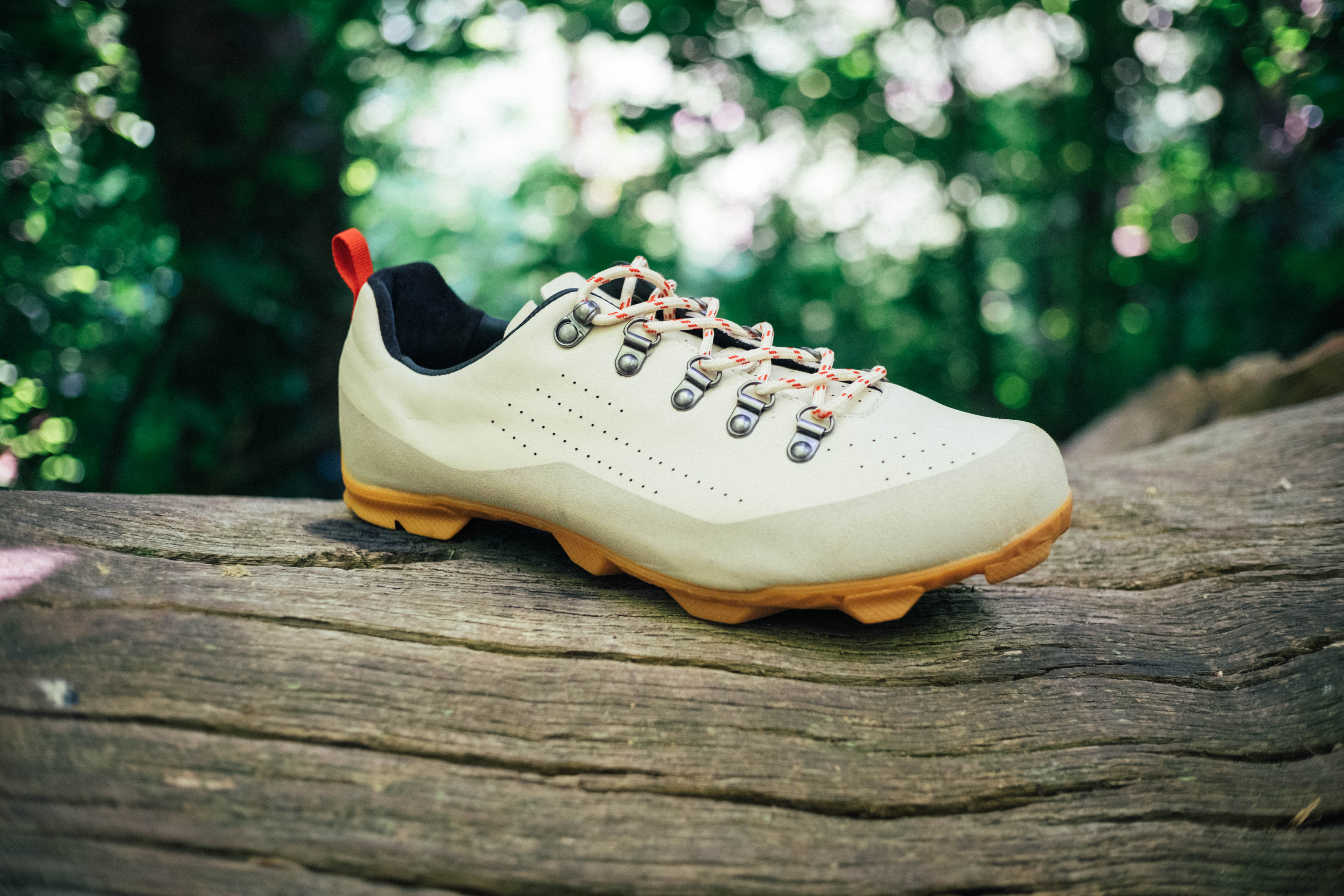
5. Aesthetics aren’t as important as fit
I’m a sucker for good-looking kit, or at least what I think is good-looking. The same rings true for gravel shoes, but since getting a bike fit I’ve realised that fit for footwear should be at the forefront of your mind before any financial outlay.
I’ve touched on width, but more than that I’ve had great success in using aftermarket insoles to provide appropriate arch support. If you have high arches this is especially important, and while some shoes come with tuneable arch support insoles with swappable inserts, none have come close to offering the support I need.
Budget some cash for a decent set, or better yet go and see a bike fitter and use their expertise to help set up what is likely the most important of your three contact points with the bike.
I was, if I’m being perfectly honest, disappointed to learn that Lake shoes best suited my feet. The aesthetics weren’t my favourite, but the comfort gain, as well as having knees tracking properly once my arches stopped collapsing inwards, resulted in a performance gain noticeably better than any weight or stiffness saving could ever produce, as well as reducing the risk of injury.
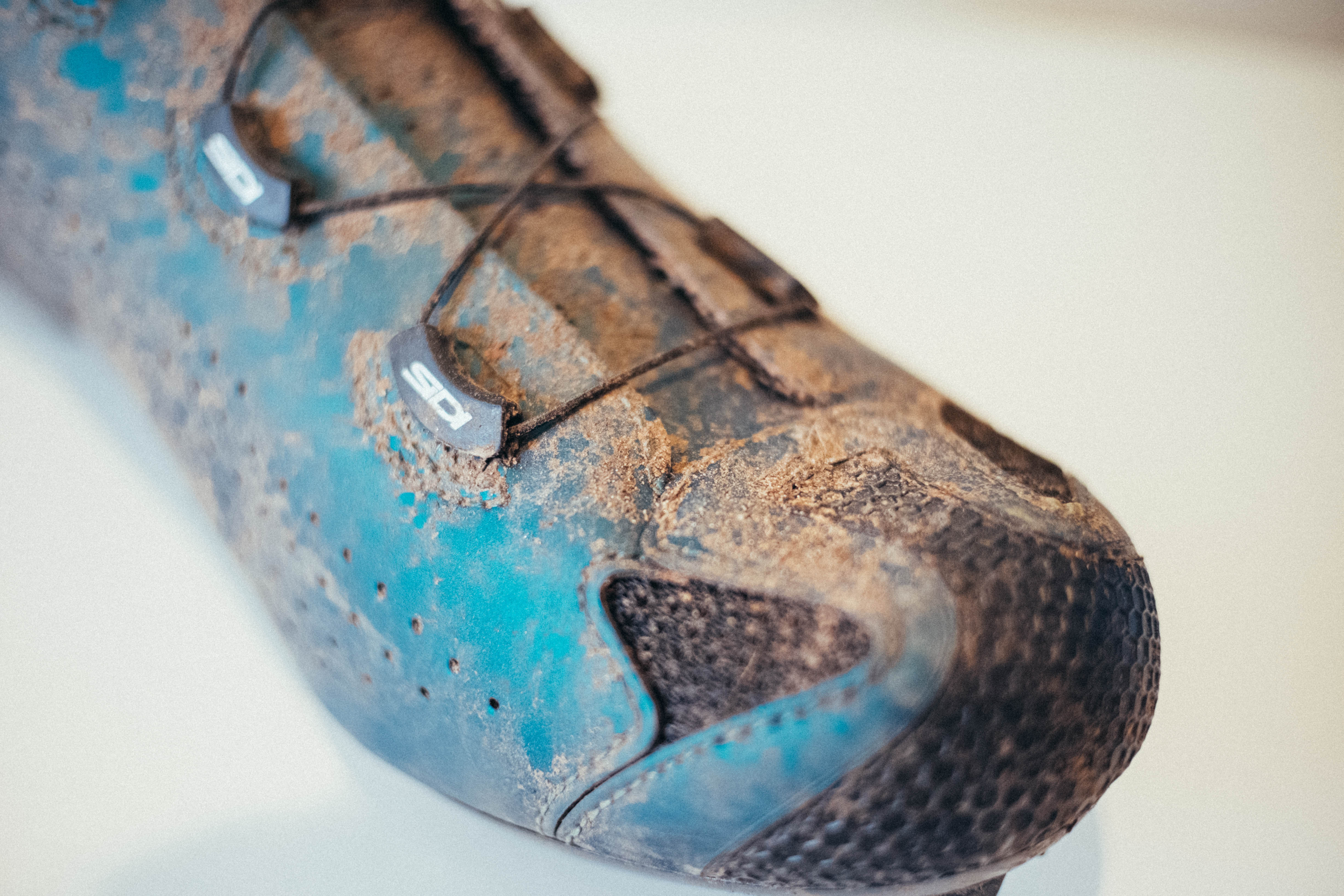
6. Get the cheapest shoes you can afford to replace
Off-road riding, especially in the wetter, colder months is particularly hard on footwear. Spray, mud, wet, hiking more as sections become unrideable. Given the expense of some of the more premium options in my guide, I’d remind you that, given a couple of seasons of hard use they may already need replacing. This is another reason why I suggest the Privateer is the overall best option for the greatest number of people; not only does it perform well, it’s durable, and cheap to replace when you inevitably trash them.
In my experience of testing quite so many gravel shoes back to back my main takeaway is that the mid-range and even the top end of entry-level nowadays is very good indeed, and I’d suggest more than good enough for the generalist, so don’t feel you’ve got to overstretch the budget to get something better.


